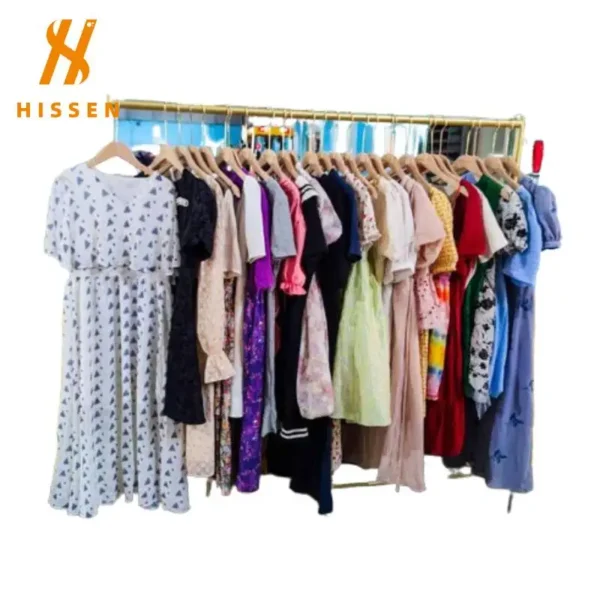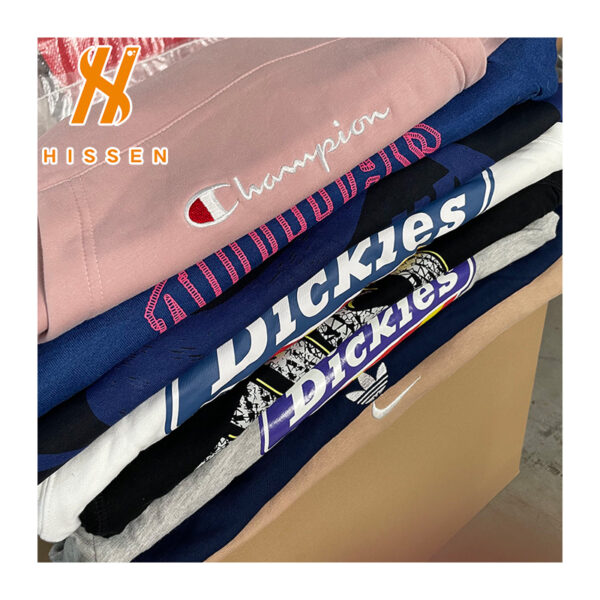I. Introduction
What Is the Full Meaning of Ukay-Ukay?
Ukay-ukay is more than a popular term for second-hand stores. In the global resale and circular fashion business, it represents a thriving sourcing and retail model that enables bulk purchasing of used clothing for resale. Many international buyers now consider it an entry point into the expanding second-hand apparel trade.
Understanding this term helps wholesalers, importers, and trading companies communicate better within the industry and make informed sourcing decisions.
II. Understanding the Full Meaning of Ukay-Ukay
Origin of the Term
The word ukay-ukay originates from the Filipino word “hukay,” which means to dig or search through something.
Initially, people used the term to describe customers digging through piles of pre-owned clothing to find valuable items.
Over time, it evolved to represent a broader concept:
- A retail channel focused on affordable second-hand apparel
- A business practice involving the resale of pre-loved goods
- A commercial model supported by bulk imports and wholesale sourcing
For global B2B buyers, the full meaning of it refers to the resale ecosystem built around used clothing imports, sorting, grading, and distribution, not merely “digging through clothes.”
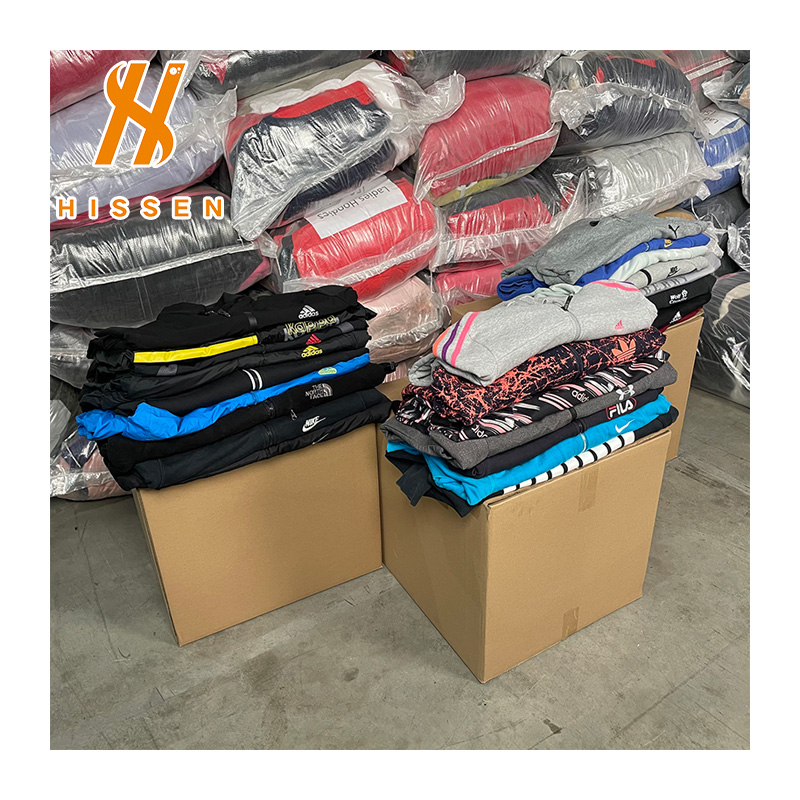
III. Why the Ukay-Ukay Business Matters in the Global Resale Market
From Thrift Culture to Scalable B2B Business
The ukay-ukay model became successful not just because of low prices, but because of business scalability. Retail stores, ecommerce sellers, and resellers benefit from rapid inventory turnover and strong consumer demand for affordable fashion.
Key elements that make it attractive to wholesale buyers:
- Lower sourcing costs compared to new clothing
- Continuous consumer demand for unique styles
- Alignment with global sustainability trends
It is now part of the larger circular economy, reducing waste by giving textile products a longer life.
IV. Where Do Ukay-Ukay Clothes Come From?
Supply Sources of Ukay-Ukay Merchandise
Ukay-ukay clothing typically comes from:
- Donation programs from individuals and organizations
- Clothing collection initiatives
- Textile recycling centers and sorting facilities
After collection, clothing goes through sorting, quality inspection, grading, and packing, then shipped in bulk to importers who manage distribution to local ukay-ukay stores or regional wholesale buyers. To learn more about how second-hand clothing moves through the recycling supply chain before reaching the stores, see our article Where Do Ukay-Ukay Clothes Come From.
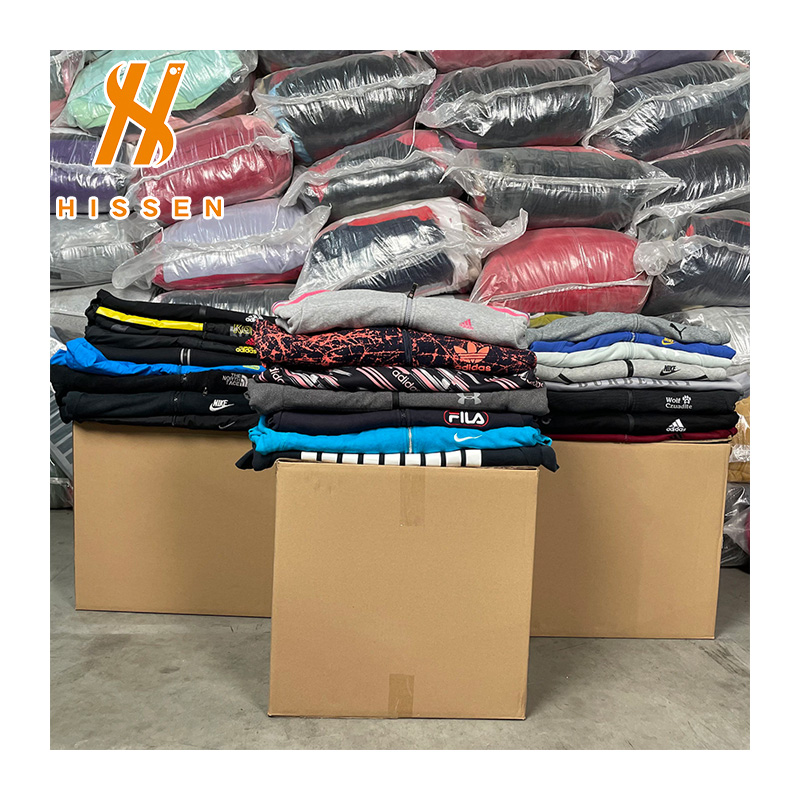
V. Types of Items Found in Ukay-Ukay Wholesale Business
Beyond Clothing – Multi-Category Resale Potential
Ukay-ukay goods are diverse, giving retailers flexibility in product selection and pricing strategies. Common product categories include:
- Pre-owned apparel for adults and kids
- Used shoes suitable for resale
- Handbags and fashion accessories
These items may be organized into curated themes, such as denim selections, outdoor wear, vintage fashion, or seasonal collections. Category segmentation helps buyers build stronger merchandising strategies and improve profit margins.
VI. How Ukay-Ukay Works in B2B Wholesale Operations
Bulk Sourcing, Sorting, and Resale Strategy
The ukay-ukay business model for wholesalers involves these steps:
- Purchase used clothing bales from a professional recycling supplier.
- Import goods to the local market.
- Distribute to retailers, shops, or online resellers.
For B2B buyers, the most important criteria are:
Stable supply: ability to provide consistent production volume
Professional grading: proper sorting and category classification
Export capability: knowledge of shipping documentation and procedures
Reliable suppliers streamline the process, reducing operational workload and improving inventory turnover. Many buyers exploring sourcing opportunities in Southeast Asia often begin with this consideration: Ukay Ukay Supplier in the Philippines.
VII. What B2B Buyers Should Consider When Choosing a Ukay-Ukay Supplier
The quality of ukay-ukay merchandise depends heavily on the supplier.
Critical aspects B2B buyers evaluate include:
- Sorting process and workflow efficiency
- Category accuracy — apparel, shoes, bags, etc.
- Professional quality control before packing
- Familiarity with export regulations and destination customs policies
When selecting a supplier, communication style and responsiveness also play an important role—especially when planning long-term cooperation. Working with a supplier that operates its own sorting facility streamlines the entire procurement workflow:
- Faster order fulfillment
- Direct communication with the production team
- Better transparency of product categories
For retailers and importers expanding to new regions, a dependable supplier ensures a steady product stream, minimizing stock shortage risks.
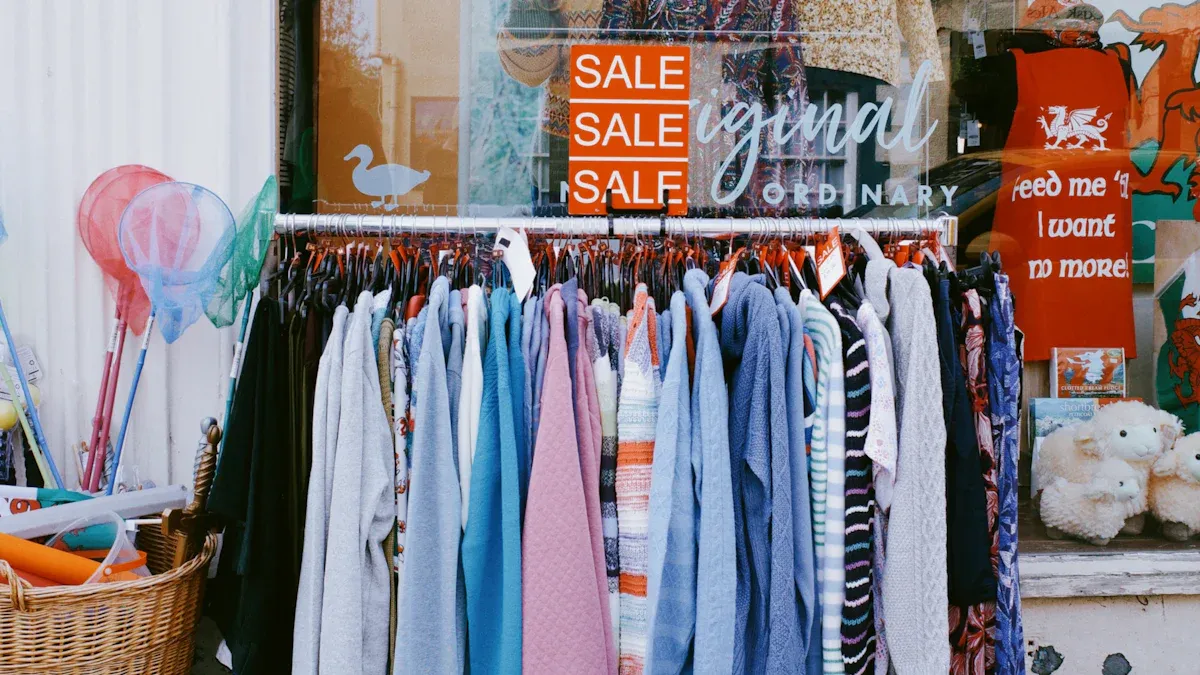
VIII. Why Ukay-Ukay Is a Smart Investment in the Circular Fashion Economy
The second-hand clothing industry continues growing due to affordability and sustainability awareness. Ukay-ukay contributes to environmental conservation by extending the life cycle of clothing and reducing textile waste.
Return on investment is often achieved faster than new clothing retail because:
- Product acquisition costs are lower
- Consumers actively seek affordable fashion
- Inventory rotates more quickly
For wholesalers, it represents not only commercial profit but also alignment with global sustainability values—something consumers increasingly care about.
IX. Conclusion
Understanding the full meaning of ukay-ukay enables B2B buyers to communicate more efficiently with suppliers, develop structured sourcing strategies, and enter the resale market confidently.
Ukay-ukay is not just a thrift concept — it is a complete business model integrating bulk sourcing, sorting, logistics, and retail distribution. With proper supplier selection and clear business positioning, it becomes a sustainable and profitable long-term investment in the global second-hand apparel industry.

